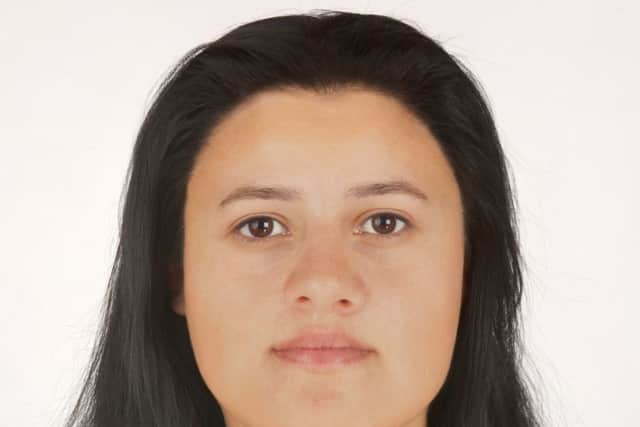Remains of young Bronze Age woman found in Scotland's north
Not much was known about Ava, named after Achavanich in Caithness where she had been found, but now the latest, state-of-the ancient DNA analysis of her genomic data reveals she was likely to have had brown eyes, straight dark hair - and was lactose intolerant.
Furthermore, she died more than 4,250 years ago - an earlier date than previously thought - and was descended from European migrants, known as the Beaker people, who arrived in Britain a few generations before she was born.
Advertisement
Hide AdAdvertisement
Hide AdThe new ancient DNA evidence was gathered by experts at the Natural History Museum in London and Harvard Medical School.


Ava, who was aged between 18 and 25, was previously thought to have had red hair and blue eyes.
Maya Hoole, archaeological researcher for the Achavanich Beaker Burial Project, who led the study, describing the moment she received the results, said: “I was amazed, absolutely amazed. It was really remarkable.
“Archeologists rarely recover evidence that indicates hair, eye or skin colour but these new revolutionary techniques allow us to see prehistoric people like we never have before.
“The revelation that her ancestors were recent European migrants is exciting, especially as we know that has no, or every few, genetic connections with the local Neolithic population who resided in Caithness before her.”
Ms Hoole said that the effort to construct Ava’s grave which would have taken around three days, compared with a few hours for a burial in soil which was the norm for the majority of people, indicated she was from a powerful or respected family.
“The grave also had a number of items such as a pottery Beaker and a cattle scapula - a shoulder bone of beef - items that people might have needed in the afterlife.”
Ms Hoole said Ava’s parents or grandparents came from the Netherlands and she had no DNA connection with the local Neolithic population.
Advertisement
Hide AdAdvertisement
Hide AdMs Hoole added; “Sometimes its easy to forget that the subject of our research is people, not inanimate objects.
“It is all too easy for archaeologists to become detached from the human nature of our discoveries, but these are individuals who lived, breathed, and occupied the same lands that we do now. Ava would have had a name and an identity within her community, and I believe it is important that we remember and respect that.”
The new information has resulted in forensic artist Hew Morrison constructing a new facial reconstruction of Ava.
“I did not feel that she looked typical of what a person from Bronze Age Britain would have looked like, but perhaps that of a person from a more southern part of Europe.,” Mr Morrison said.
The research is published in ‘Proceedings of the Society of Antiquaries of Scotland.’
The Beaker people brought many new customs, including burial practices which involved including a drinking vessel in a person’s grave. It is estimated at least 90 per cent of the British gene pool was replaced by the Beaker folk within a few hundred years.